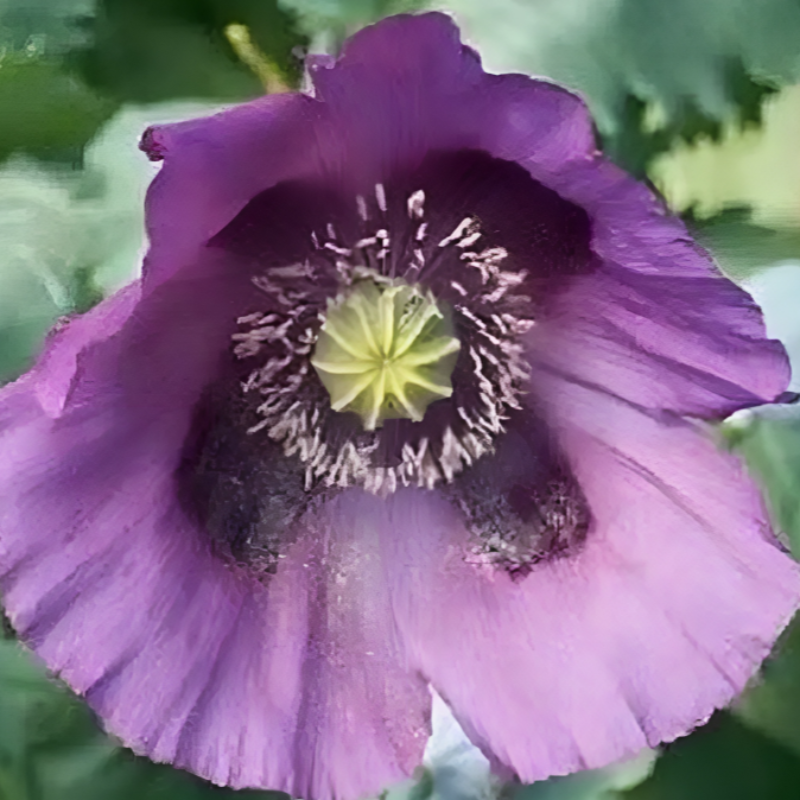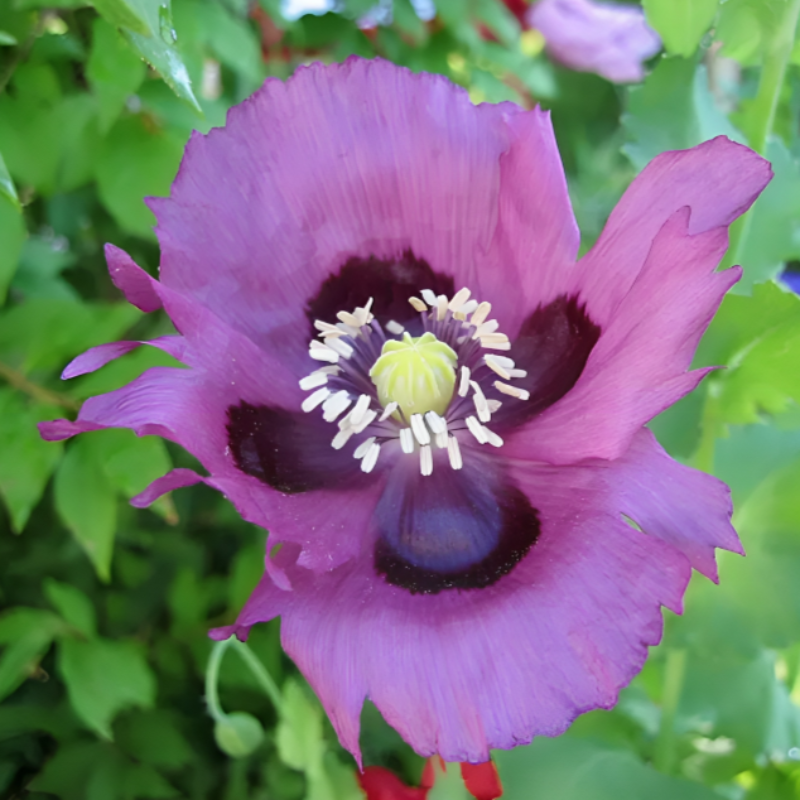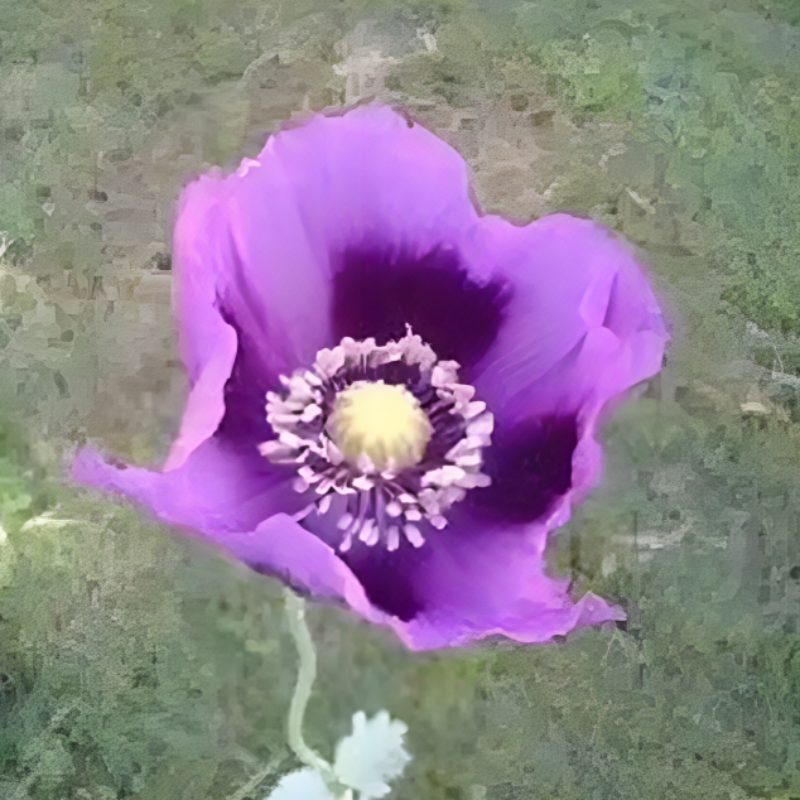- Historical context: The Persian Poppy (Papaver bracteatum) is a species of poppy native to the region of Iran, particularly the northern parts. It has been known and utilized for centuries, primarily for its ornamental value and its role in traditional medicine.
- Geographical origination: The Persian Poppy originates from the mountainous regions of northern Iran and parts of the Caucasus.
- Relevant cultural significance: In Persian culture, the poppy has been a symbol of beauty and resilience. It is often depicted in Persian art and literature.
- Time period of discovery: The exact time period of discovery is not well-documented, but it has been known and cultivated for several centuries.
- Original habitat: The original habitat of the Persian Poppy includes rocky slopes and meadows in mountainous regions, where it thrives in well-drained soil.
- Notable historical uses: Historically, the Persian Poppy has been used for ornamental purposes in gardens and landscapes. It has also been used in traditional Persian medicine for its potential analgesic properties.
- Ideal temperature range: The ideal temperature range for growing Persian Poppy is between 60°F to 75°F (15°C to 24°C).
- Soil type: Persian Poppies prefer well-drained, sandy or loamy soil with a neutral to slightly alkaline pH.
- Sunlight requirements: These poppies require full sun to partial shade for optimal growth.
- Watering needs: Moderate watering is needed. The soil should be kept moist but not waterlogged. Overwatering can lead to root rot.
- Planting season: The best time to plant Persian Poppy seeds is in the fall or early spring.
- Germination time: Germination typically takes 2 to 3 weeks under optimal conditions.
- Growth cycle duration: The Persian Poppy has a biennial growth cycle, meaning it takes two years to complete its life cycle from germination to seed production.
- Common pests and diseases: Common pests include aphids and spider mites. Diseases such as powdery mildew and root rot can also affect the plants.
- Companion planting advice: Good companion plants for Persian Poppies include lavender, yarrow, and other drought-tolerant perennials.
- Common challenges and solutions: Challenges include susceptibility to root rot and powdery mildew. Ensuring well-drained soil and proper spacing can help mitigate these issues.
- Nutritional values: Persian Poppy seeds are not typically consumed for their nutritional value, as they are primarily used for ornamental purposes.
- Health benefits: In traditional medicine, parts of the Persian Poppy plant have been used for their potential analgesic and anti-inflammatory properties.
- Culinary uses: There are no significant culinary uses for Persian Poppy seeds, unlike other poppy species such as the opium poppy.
- Medicinal uses: The plant has been used in traditional Persian medicine for its potential pain-relieving properties, although it is not widely used in modern herbal medicine.
- Other unique advantages: The Persian Poppy is highly valued for its strikingly beautiful flowers, which can add vibrant color to gardens and landscapes. It is also relatively low-maintenance once established.








